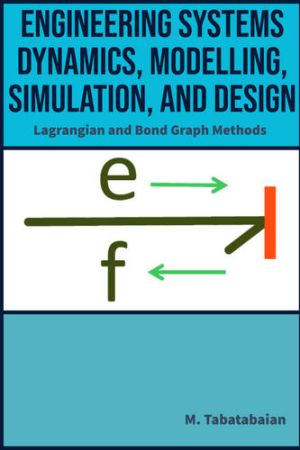Scientists Develop New Infrared Photodiode Technology That Delivers Improved Responsiveness
Researchers have developed a new infrared photodiode that improves responsivity by 35% compared to previous germanium-based designs. This innovation can be manufactured using existing techniques and integrated into a range of technologies. The new device is expected to have a broad impact, from telecommunications to self-driving cars. The technology captures infrared light more efficiently, making it a valuable advancement for industries reliant on infrared sensing

A new infrared photodiode has been developed, which could enhance the efficiency of technologies relying on infrared light detection. Developed by researchers, this new sensor achieves a 35 percent increase in responsivity at a wavelength of 1.55 µm, widely used in telecommunications. Its design enables it to be manufactured with existing production techniques, simplifying integration into current systems. Infrared sensors play a crucial role in diverse applications, including self-driving vehicles, virtual reality, and remote controls.
Advances in Photodiode Technology
According to a study published in the journal Light: Science & Applications, the photodiode has been created using Germanium instead of the commonly used Indium,Gallium, and Arsenide. Germanium offers a cost-effective and compatible option with semiconductor manufacturing but has historically underperformed in capturing infrared light.
The team behind the innovation has reportedly overcome this limitation by combining techniques that eliminate optical losses through surface nanostructures and reduce electrical losses using two distinct approaches.
Exceptional Performance in Responsivity
The device has been reported to capture nearly all the infrared light incident upon it. Tests indicate that its performance surpasses not only current Germanium photodiodes but also commercially available Indium Gallium Arsenide alternatives. The high responsivity and efficiency across various wavelengths make it a promising development for several technologies, particularly in fields where infrared sensing is integral.
Potential Applications and Impact
Hele Savin, a professor leading the research, told Phys.org that the work represents the culmination of an eight-year effort. Hanchen Liu, a doctoral researcher involved in the project, added that existing manufacturing facilities could readily produce the photodiode, ensuring its practicality. The innovation is expected to impact existing systems significantly while paving the way for new applications requiring enhanced sensitivity.
The timing of this advancement aligns with increasing reliance on infrared sensing across multiple industries, reflecting the essential role of this technology in modern life. Researchers remain optimistic about the broader implications of their work.












)

























































